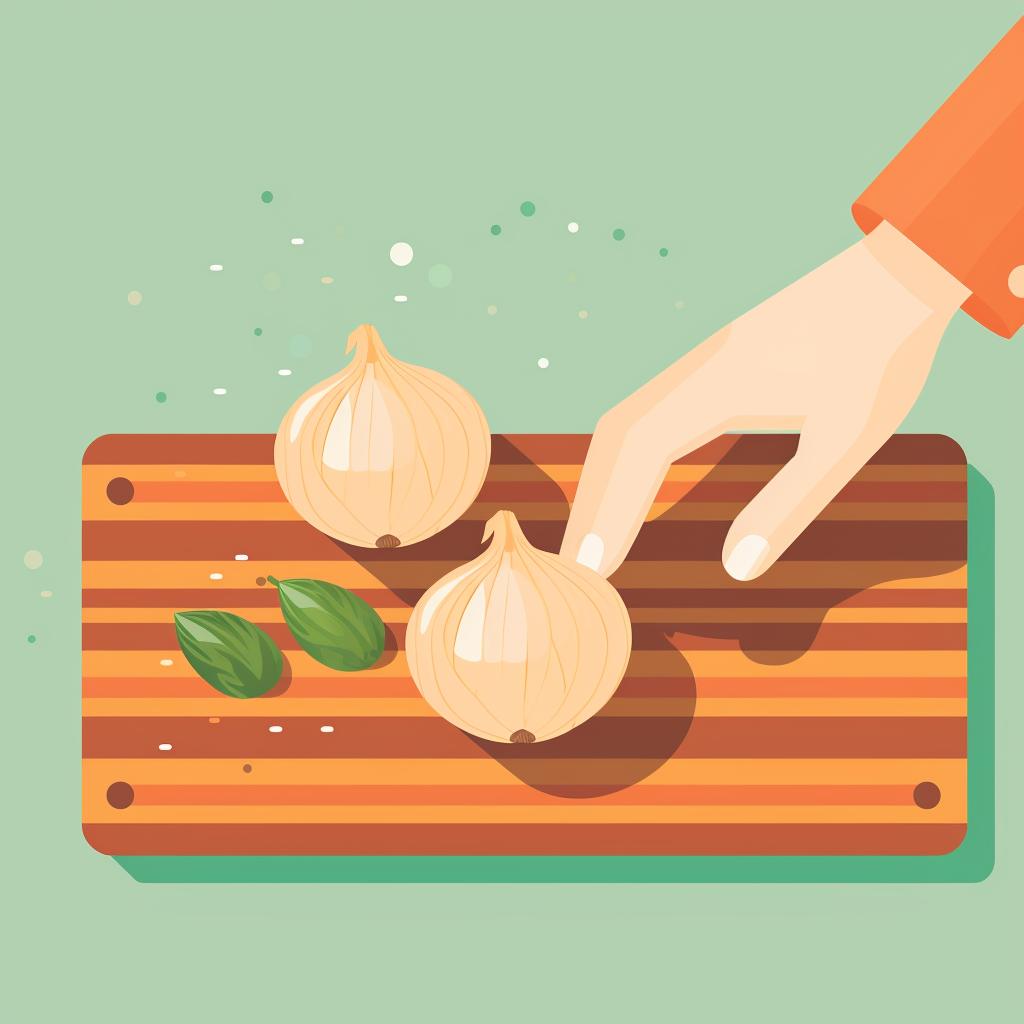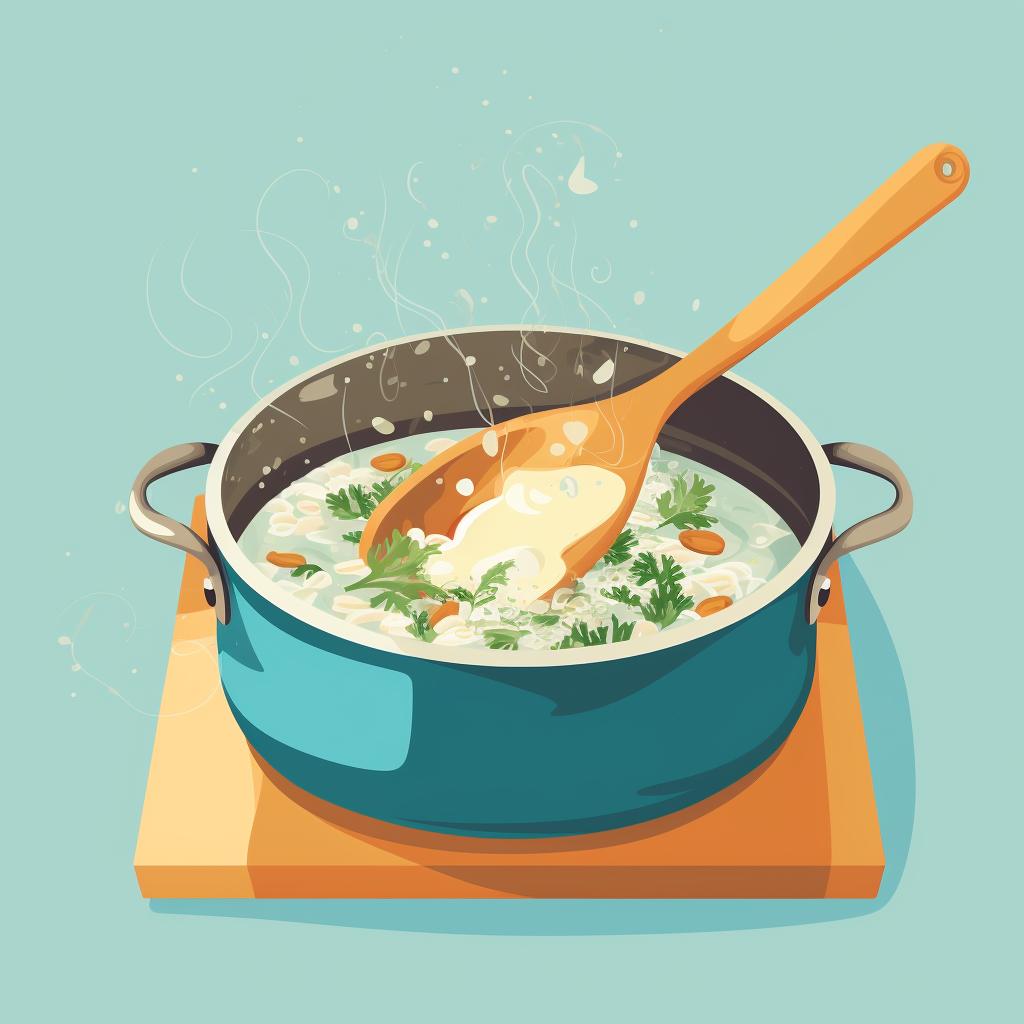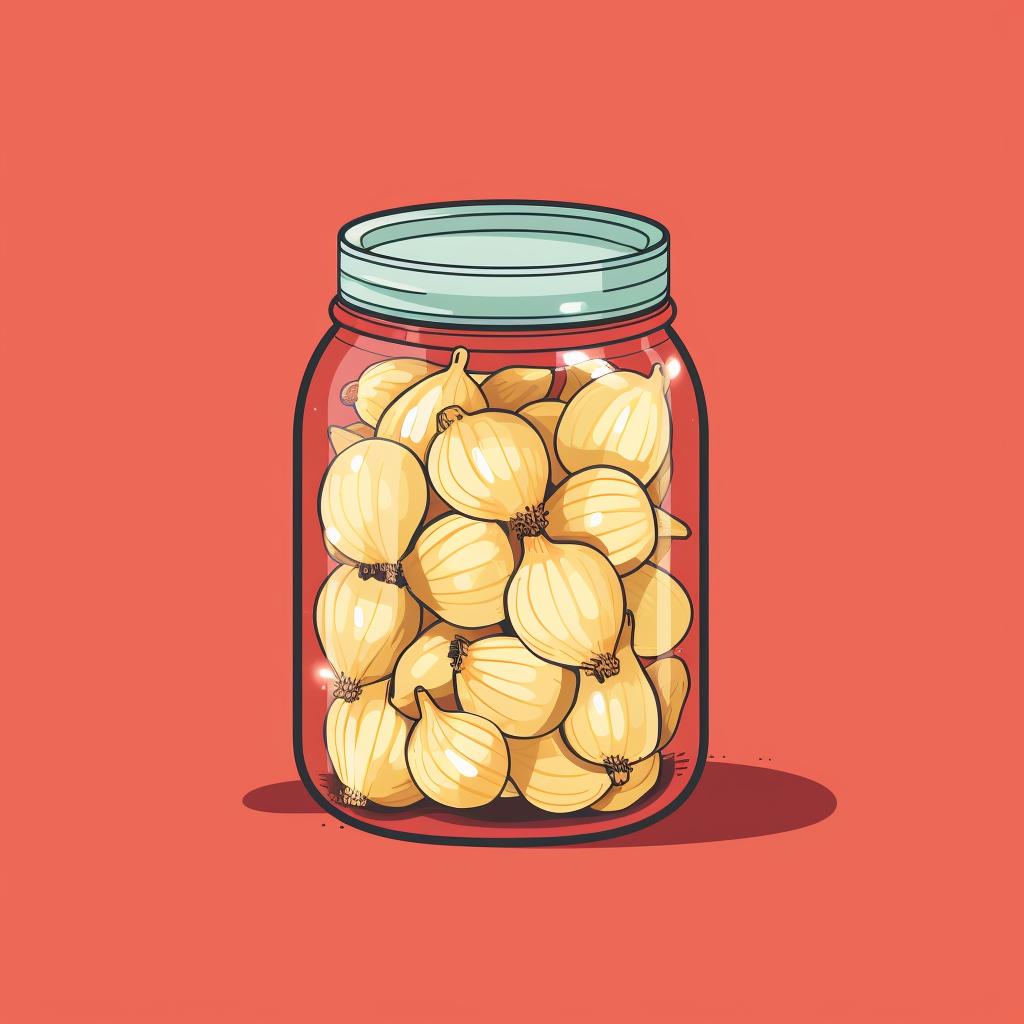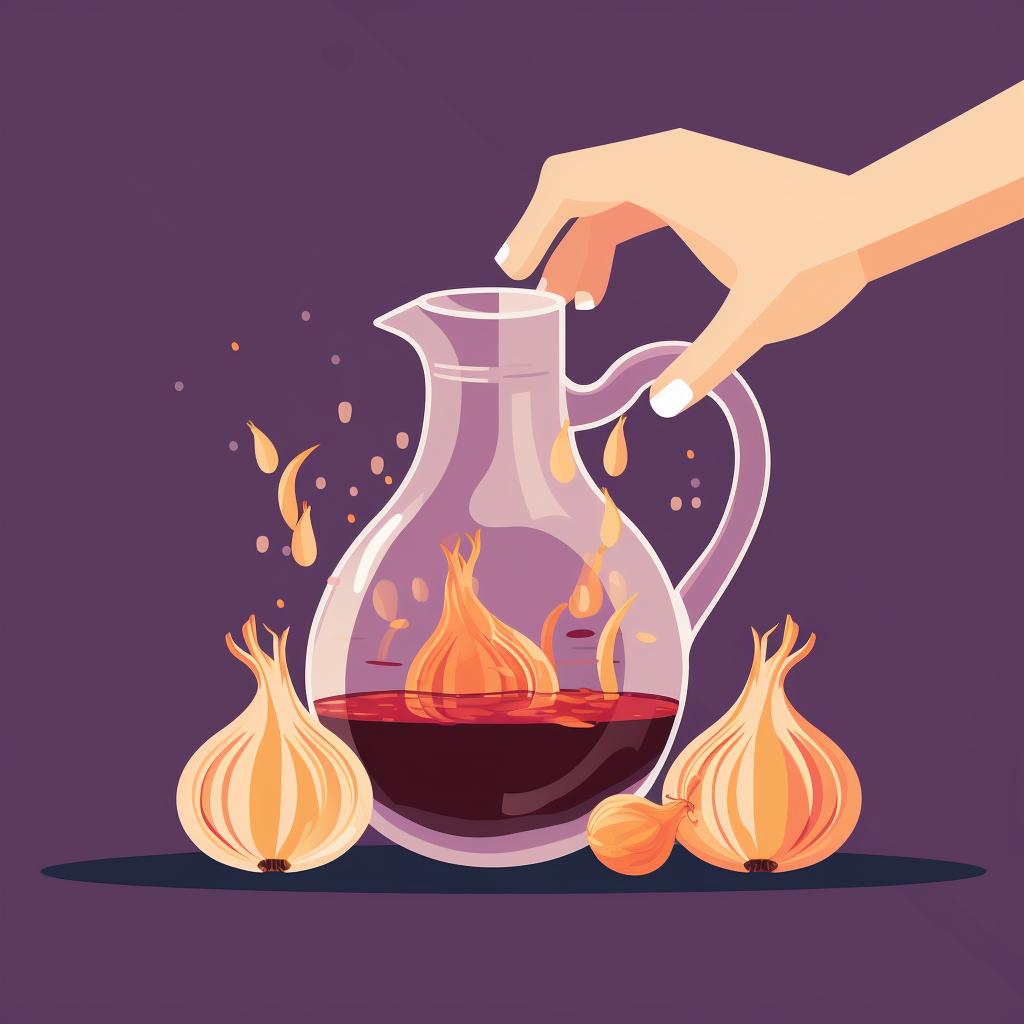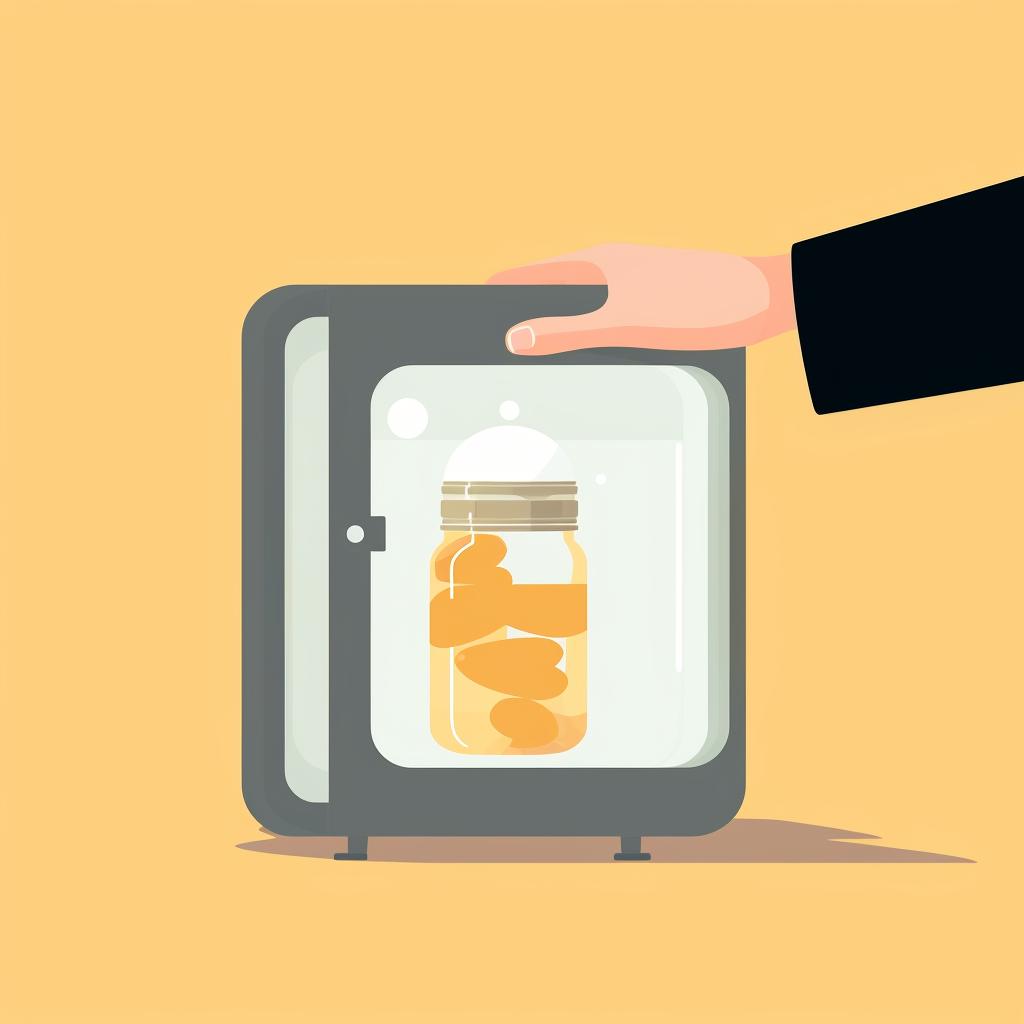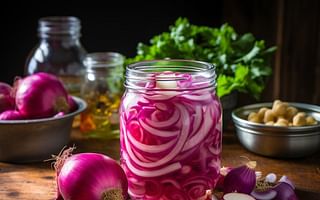Mastering the Art of Pickling Onions: Step-by-Step Guide 🥒
There's a certain joy that comes from creating your own pickled onions. The tangy crunch, the vibrant color, the burst of flavor with each bite - it's a culinary experience that store-bought versions simply can't match. Our step-by-step guide above walks you through the process of mastering this art, but let's dive a bit deeper into the world of pickling.
First, it's important to understand the pickling process. This involves immersing your chosen food item - in this case, onions - in a solution, usually vinegar, to extend its shelf life and enhance its taste. The acidity of the vinegar creates an environment where harmful bacteria can't thrive, ensuring your onions stay fresh and safe to eat.
While our guide focuses on onions, the beauty of pickling is that it's not limited to one type of vegetable. You can apply the same techniques to a variety of produce, from cucumbers to peppers. If you're feeling adventurous, why not try pickling peppers or canning and pickling beets? The possibilities are as endless as they are delicious.
Once you've mastered the basics, you might want to experiment with different flavors and techniques. Our collection of pickling recipes is a great place to start. From traditional dill pickles to spicy jalapeno pickles, there's something for every palate.
Remember, the key to successful pickling is patience. It might be tempting to crack open your jar of pickled onions as soon as you've finished the process, but waiting at least 24 hours will allow the flavors to fully develop. Trust us - it's worth the wait.
So, why not give it a go? With our easy-to-follow guide and a little bit of time, you'll be enjoying your own homemade pickled onions before you know it. Happy pickling!

